This article was medically reviewed by Luba Lee, FNP-BC, MS. Luba Lee, FNP-BC is a Board-Certified Family Nurse Practitioner (FNP) and educator in Tennessee with over a decade of clinical experience. Luba has certifications in Pediatric Advanced Life Support (PALS), Emergency Medicine, Advanced Cardiac Life Support (ACLS), Team Building, and Critical Care Nursing. She received her Master of Science in Nursing (MSN) from the University of Tennessee in 2006.
There are 11 references cited in this article, which can be found at the bottom of the page.
wikiHow marks an article as reader-approved once it receives enough positive feedback. In this case, 93% of readers who voted found the article helpful, earning it our reader-approved status.
This article has been viewed 24,899 times.
A bunion is a pain in the... foot! A bunion results from your big toe being pushed toward your middle toe, which causes pressure on the joint between the big toe and your foot.[1] If you worry about developing a bunion, you can take steps to reduce your chances. However, genetics play a role, so if you do develop one, you can take steps to help manage it better and take the pressure off that joint.
Steps
Picking the Best Shoes
-
1Switch to shoes with more toe space. While shoes with narrow toes don't cause bunions, as that's generally do to genetics, they can trigger one to start growing if you're predisposed to them. Instead of opting for shoes with angled toes at the front, choose ones with rounded toes that have more room.[2]
- If your toes feel squished, it's time to find a different pair of shoes.
- You can also try making more room in shoes you own with shoe stretchers. You can find shoe stretchers online or in big box stores.
-
2Ask to be measured for shoes. The better your shoe fits, the less likely you are to develop a bunion. Have someone measure both the length and the width of your foot to get the most accurate sizing.[3]
- Use the information when buying shoes to pick the best size, including width. However, always try the shoe on to see how comfortable it is before buying it.
- When trying on shoes, stand up in them. Make sure there's at least 0.25 in (0.64 cm) between your toes and the end of the shoe. Also, walk around in the shoes to see how comfortable they are.
Advertisement -
3Choose shoes with soft soles. Hard soles can put pressure on your toes, which in turn can lead to a bunion. Make sure the soles of your shoes are flexible to help decrease your chances of a bunion.[4]
- Soft-soled shoes will also help ease the pain of a bunion.
-
4Ensure your shoes have good arch support. Shoes with good arch support take the pressure off your toes. That helps prevent the growth of bunions, so always check to see if the shoe actually has an arch inside instead of just being flat.[5]
- Wear shoe inserts if your shoes don't have enough arch support. Shoe inserts can ensure you have proper arch support. In turn, that puts less stress on your toes, which can help decrease your chances of having a bunion grow.[6]
- You can find shoe supports online or in big box stores. You may need to cut them to fit the shape of your shoes.
- If you already have a bunion, your doctor may recommend prescription inserts that are fitted specifically for you.
-
5Skip high-heeled shoes altogether. When walking in a shoe with heels, you put more weight on the toe area. That forces your foot farther into the front of the shoe, squishing your toes together. In turn, that can lead to bunions forming.[7]
- Opt for a very low heel, such as 1 to 2 inches (2.5 to 5.1 cm), or no heel at all to help prevent bunions.
Managing a Bunion
-
1Stay at a healthy weight to take pressure off the area. While losing weight won't stop a bunion once it's begun, it may help prevent one, as well as relieve some of the pressure. Extra weight puts more pressure on your toes, which in turn can increase your chances of developing a bunion. Shedding any extra pounds can ease the pressure so talk to your doctor about what a healthy weight means for you.[8]
- Work on cutting high-fat and sugary foods from your diet.
- Aim to fill your plate with veggies, fruits, whole grains, and lean proteins for a healthy diet.
- Try to exercise 30 minutes a day most days of the week. Try walking, running, swimming, yoga, or anything that gets you moving! Talk to your doctor about exercises that won't exacerbate your bunions.
-
2Apply moleskin to the bunion. You can find moleskin at most drugstores and big box stores. Moleskin has a sticky adhesive backing. Cut it to fit your bunion if it's not the right shape already, and then stick it on over the bunion.[9]
- You can also use gel pads for bunions instead. These also just stick on over the bunion.
-
3Wear a splint at night to help hold the toe in place. Get a splint specifically designed for bunion relief. Typically, these will fit over your big toe in some fashion, providing support, which takes the pressure off your bunion.[10]
- Most pharmacies and big box stores carry these.
-
4Tape your foot to reduce pressure. Another option is using medical tape to hold your toe in place. Your doctor can show you the best way to tape up your foot, and they'll even do it for you the first time.[11]
- To tape a bunion, cut 2 strips of medical tape that are about 1 in (2.5 cm) wide and 6 in (15 cm) long. Cut one more strip that's the same length but double the width.
- Wrap 1 narrow strip around the bottom of the big toe, starting between the big toe and the next toe. Pull it around the front of the foot, wrapping it towards the top middle of your foot. Do the same with the other narrow strip, except attach it slightly on the outer edge of the first strip. Wrap the large strip over the area where the bunion is, moving from under the foot to the top of the foot.[12]
Easing the Pain of a Bunion
-
1Use an ice pack 5 minutes at a time. Ice can help numb the pain of a bunion. Place an ice pack or frozen peas in a towel, and hold it on your foot. Don't leave it on for more than 5 minutes at a time, but you can use it as often as you want with rests in between.[13]
- Never place ice directly against your skin, as it can cause damage to the tissue.
-
2Take over-the-counter pain relievers like acetaminophen or ibuprofen. These pain relievers can help provide some relief from the pain of a bunion. Take the medications as directed on the bottle.[14]
- For ibuprofen, adults can take 200 to 800 mg every 4 to 6 hours. Don't exceed 3,200 mg in a 24-hour period. Take as little of the medication as necessary to find relief.
- For acetaminophen, take 325 to 500 mg pills every 4 to 6 hours, as needed for pain. Don't take more than 8 pills in a 24-hour period if you're taking 500 mg pills. Never exceed 4,000 milligrams of acetaminophen in 1 day. Take as little of the medication as necessary to find relief.[15]
-
3Ask about a cortisone injection from your doctor. While these shots do have side effects, they can help with inflammation, which will provide some relief from a bunion. Plus, the effects can last for several months.[16]
- Complications can be severe, so discuss those with your doctor first. They can include tendons weakening, nerve damage, bones thinning, infection in the joint, and even bone death near the shot.
References
- ↑ https://medlineplus.gov/genetics/condition/bunion/
- ↑ https://www.health.harvard.edu/diseases-and-conditions/what-to-do-about-bunions
- ↑ https://orthoinfo.aaos.org/en/diseases--conditions/bunions/
- ↑ https://www.nhs.uk/conditions/bunions/
- ↑ https://www.nextsteportho.net/blog/how-arch-supports-can-help-your-bunions
- ↑ https://health.clevelandclinic.org/7-ways-to-ease-your-bunions-without-surgery/
- ↑ https://www.health.harvard.edu/diseases-and-conditions/what-to-do-about-bunions
- ↑ https://health.clevelandclinic.org/7-ways-to-ease-your-bunions-without-surgery/
- ↑ https://health.clevelandclinic.org/7-ways-to-ease-your-bunions-without-surgery/
- ↑ https://www.health.harvard.edu/diseases-and-conditions/what-to-do-about-bunions
- ↑ https://www.health.harvard.edu/diseases-and-conditions/what-to-do-about-bunions
- ↑ http://www.podiatryinstitute.com/pdfs/Update_2018/Chapter_18.pdf
- ↑ https://www.nhs.uk/conditions/bunions/
- ↑ https://www.nhs.uk/conditions/bunions/
- ↑ https://www.getreliefresponsiblyprofessional.com/sites/getreliefresponsiblyhcp_us/files/grradultdosingchart.pdf
- ↑ https://www.health.harvard.edu/diseases-and-conditions/what-to-do-about-bunions

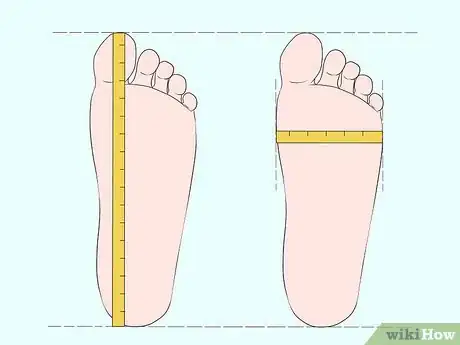

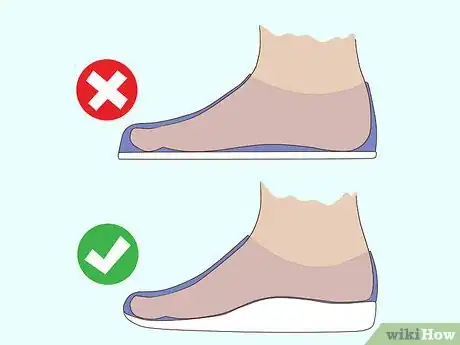
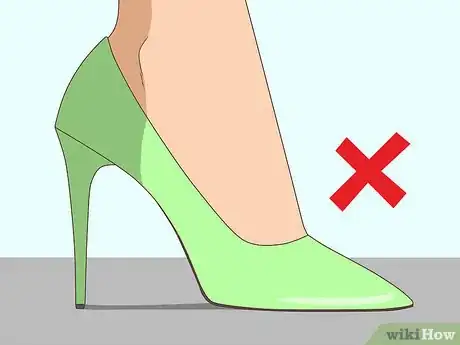

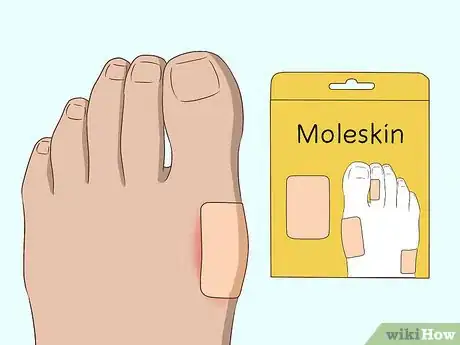
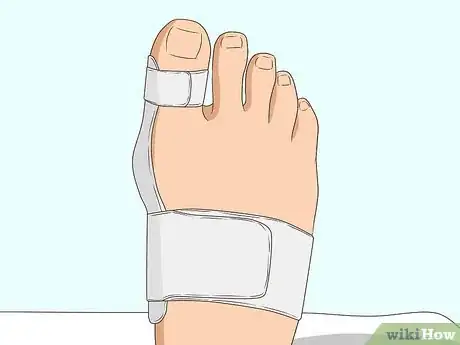
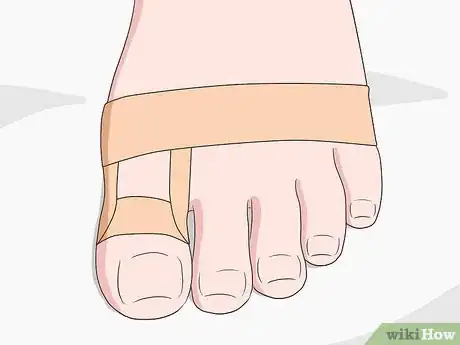
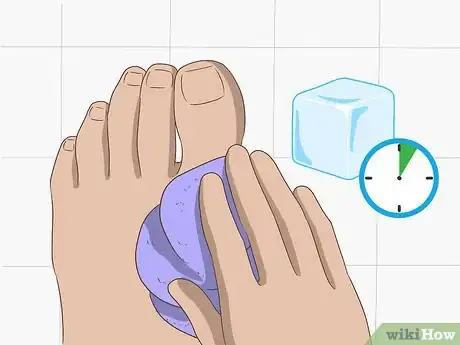
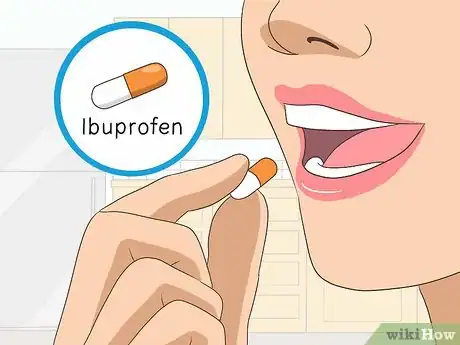

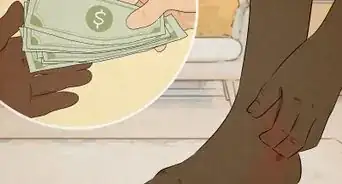
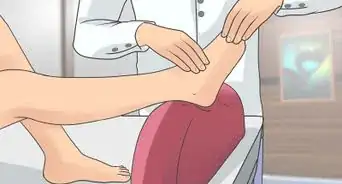
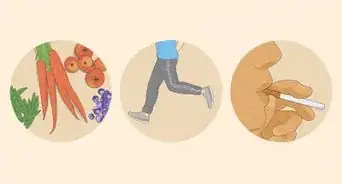
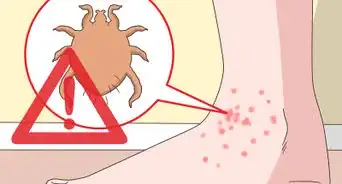
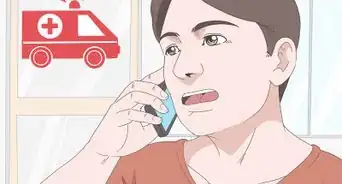

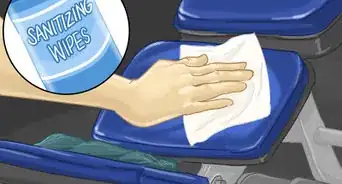

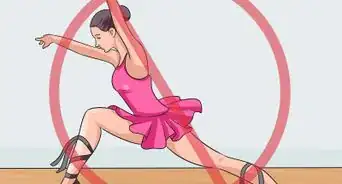
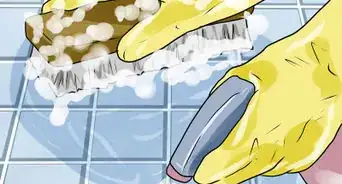
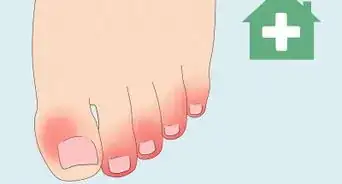
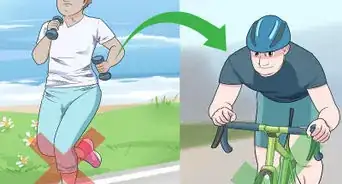
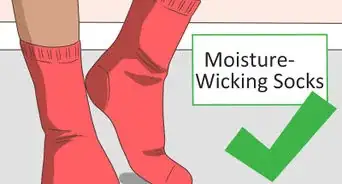
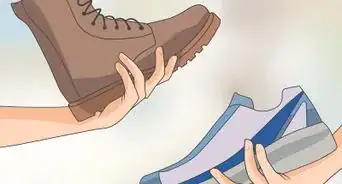








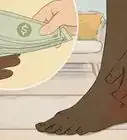
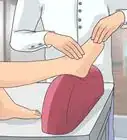

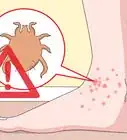



































Medical Disclaimer
The content of this article is not intended to be a substitute for professional medical advice, examination, diagnosis, or treatment. You should always contact your doctor or other qualified healthcare professional before starting, changing, or stopping any kind of health treatment.
Read More...